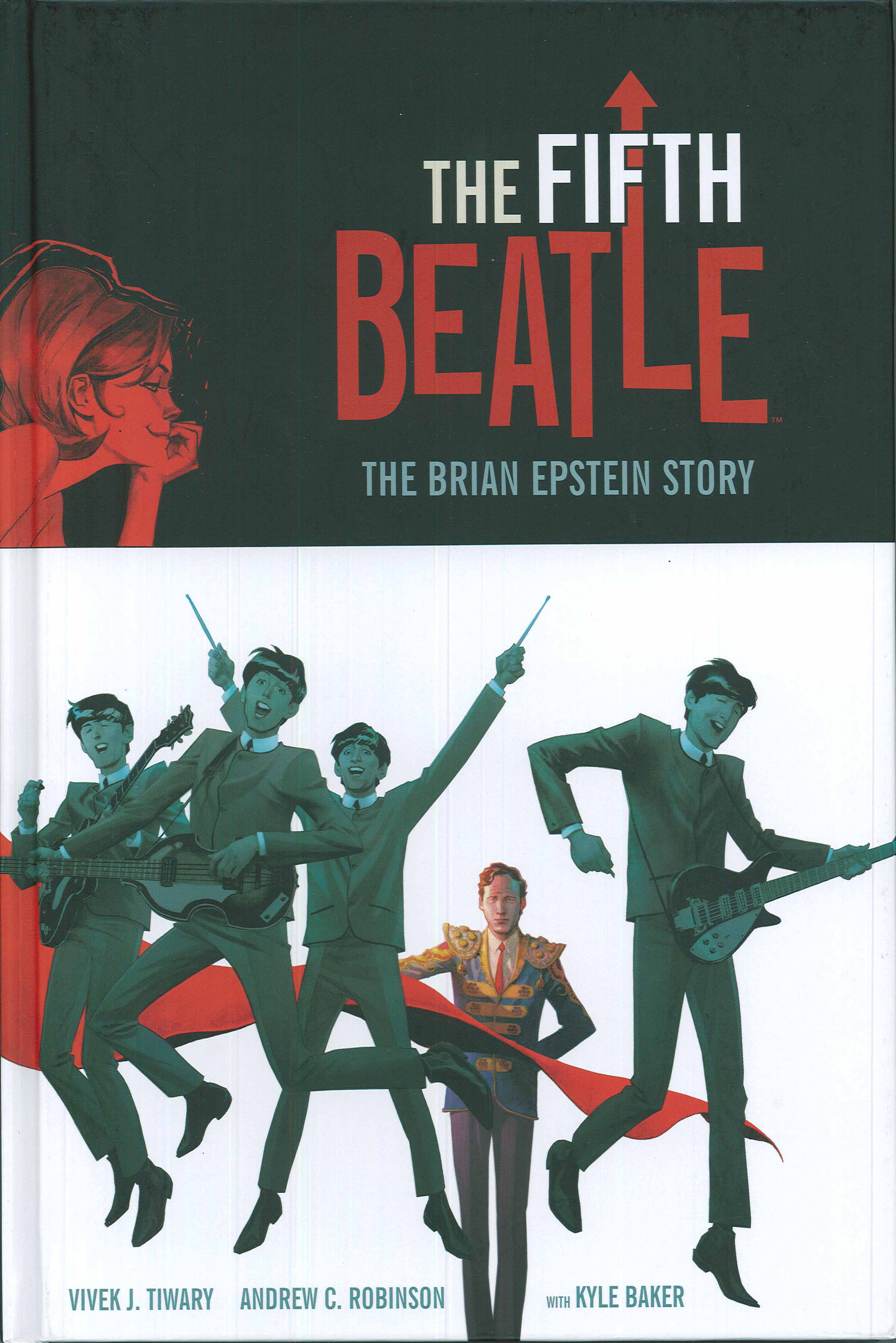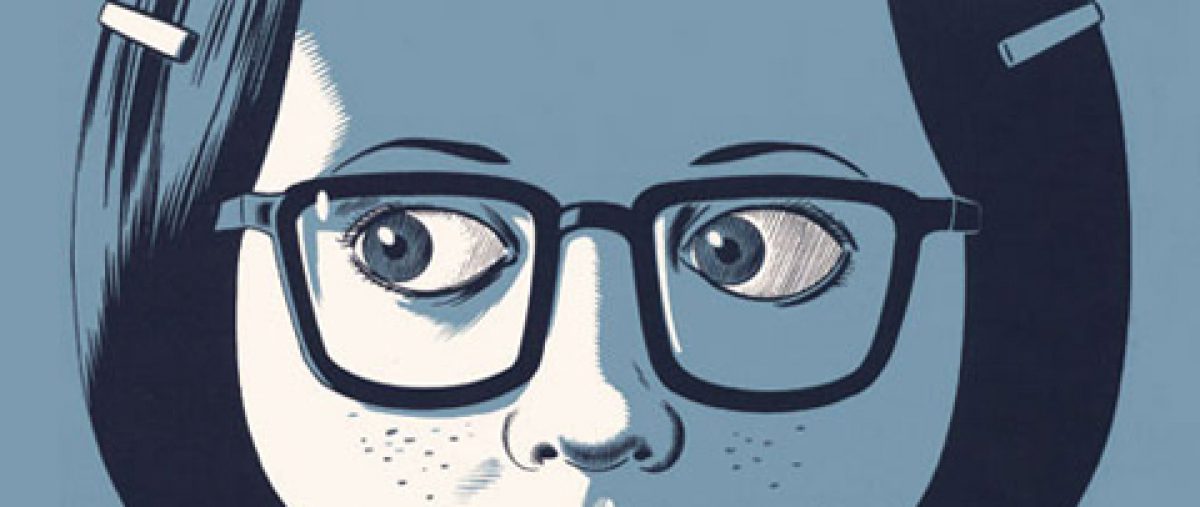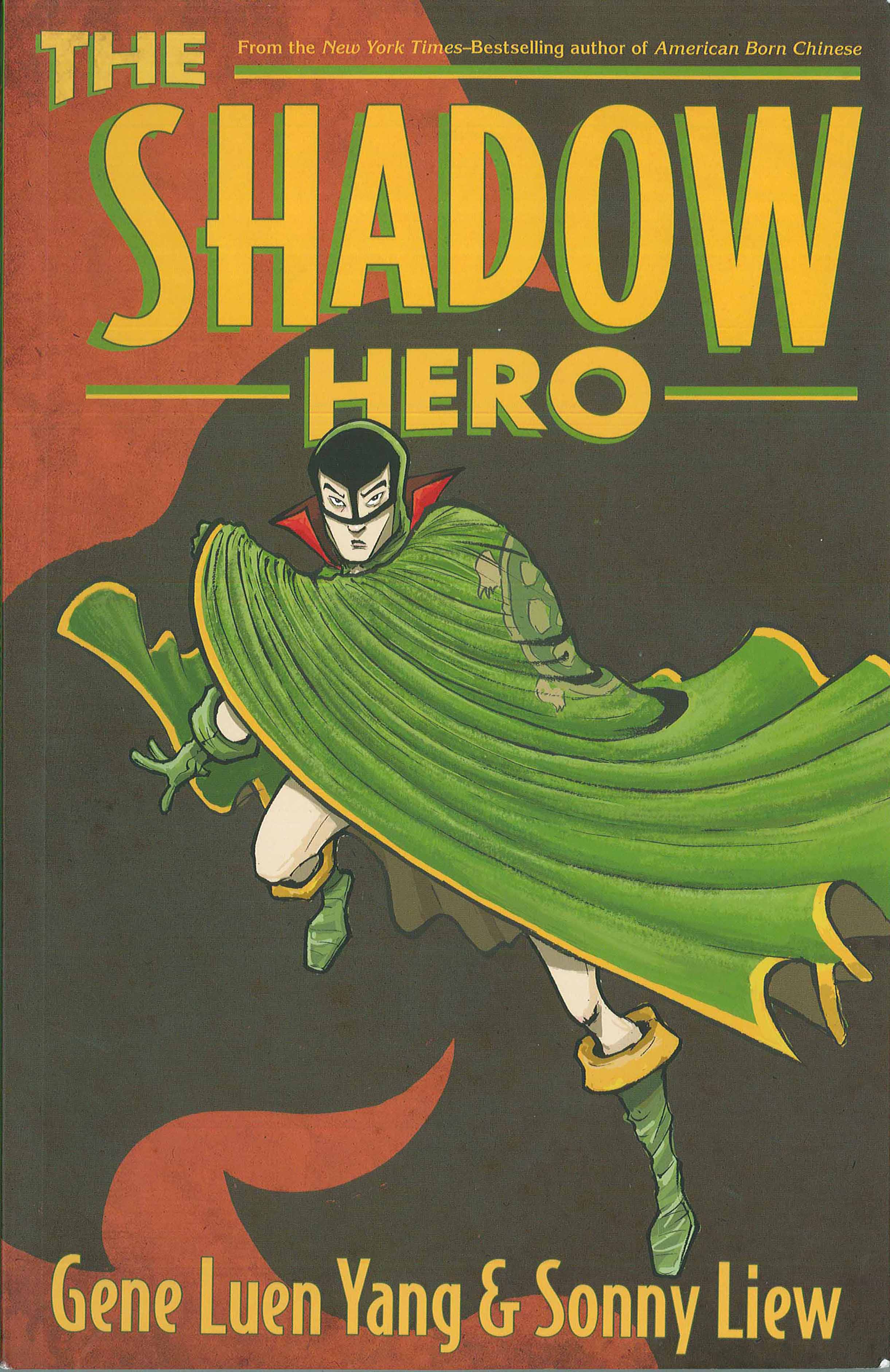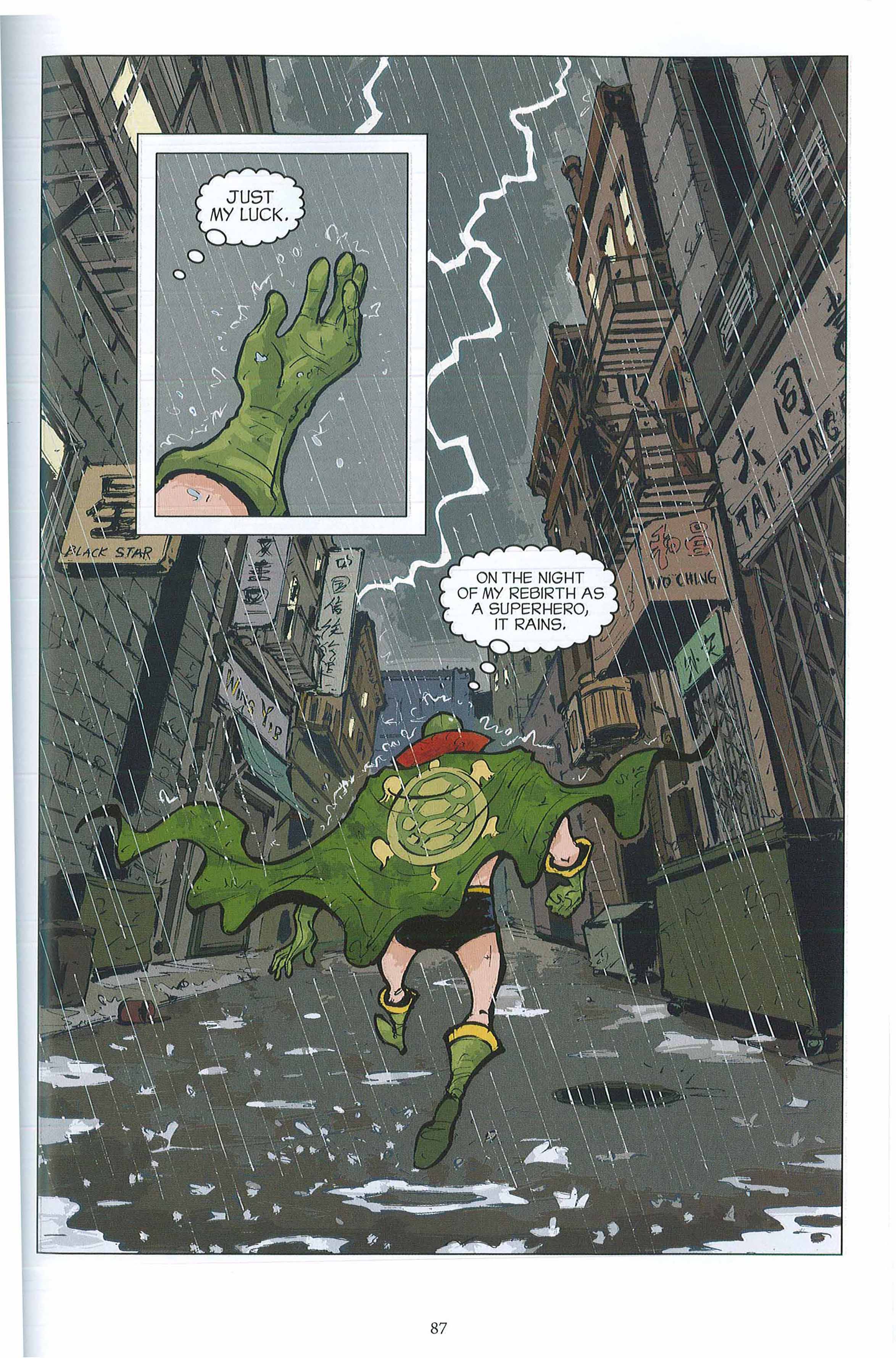This post was originally published in the “Elkhart Truth” in August 2014. I thought it was a good time to resurrect it, because “Yesterday” is about to disappear from theaters. It’s a beautiful and brilliant film whether or not you know the Beatles’s music well, and it’s definitely worth catching on the big screen before it disappears.

“The Fifth Beatle,” written by Vivek Tiwary and illustrated by Andrew C. Robinson and Kyle Baker is not a book about The Beatles themselves—plenty of those have been published, and plenty more are surely on the way. Neither is this book about the person usually referred to as the fifth Beatle: Pete Best, the drummer who preceded Ringo Starr.
The book’s title instead comes from a 1999 quote by Paul McCartney: “If anyone was the Fifth Beatle, it was Brian.” Brian Epstein was the manager—and some would argue the “designer”—of the Beatles, the man who transformed a witty and talented but ragged band into the polished, worldwide zeitgeist we remember them as today. Continue reading ““Hey, You’ve Got to Hide Your Love Away”: The Fifth Beatle”



